Premium Only Content
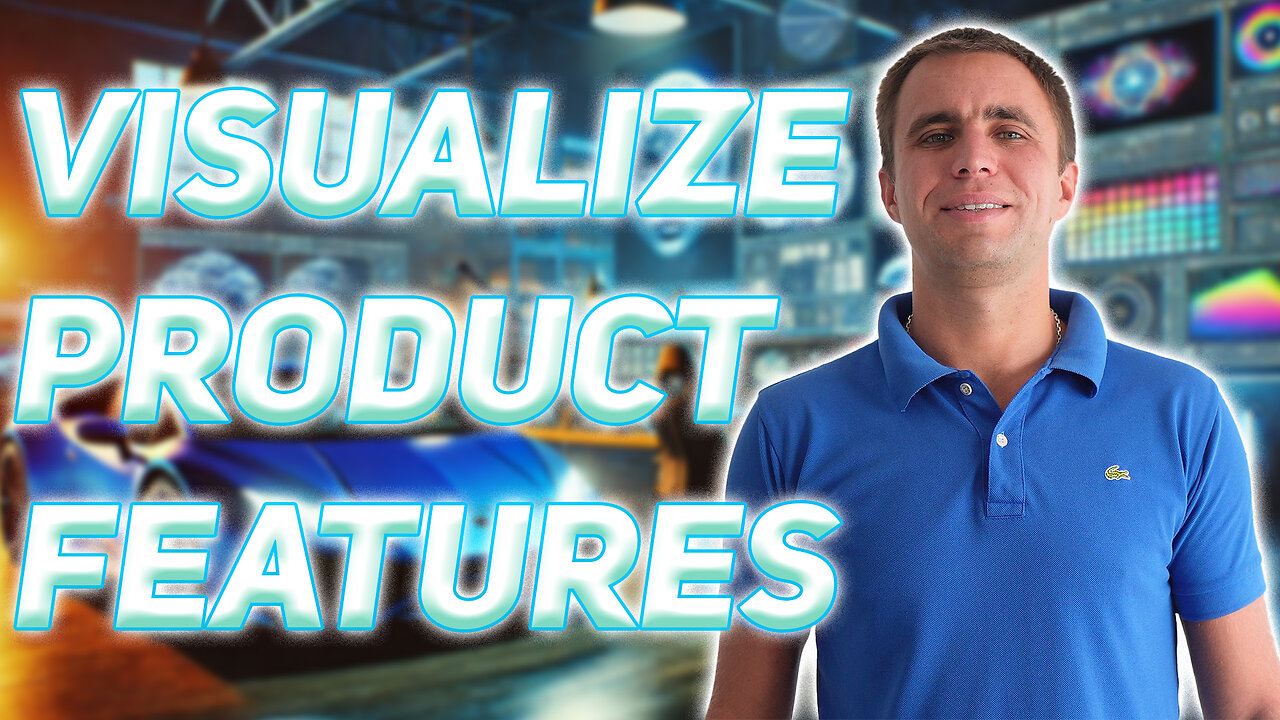
Can Motion Design Showcase the Features and Benefits of a Product
Let me guess — your product is amazing, life-changing, and probably engineered by tech-savvy unicorns.
But when you try to explain it?
People look at you like you just offered them a copy of your tax return.
This is where motion design swoops in like a caffeinated superhero in vector form.
It takes all those complicated features and turns them into “Aha!” moments with smooth animation, fun transitions, and zero user confusion (or paper cuts).
“People don’t want to read about your product—they want to watch it work”
We live in a world where people won’t read subtitles unless the video involves cake or car crashes.
So when your product has five bullet points of tech specs, guess what?
No one's reading them. Not even your mom.
But animate those same specs?
Make them dance, transform, and solve problems right before the viewer’s eyes?
Suddenly it’s: “Shut up and take my money.”
Take Notion, the productivity app. They used clean, minimal motion graphics to show how notes, tasks, and calendars integrate in seconds.
Result? Skyrocketed user interest. Even people who hate to-do lists were like, “This app gets me.”
“Nobody falls in love with a product sheet—but they will date your explainer video”
Let’s be honest.
Have you ever looked at a PDF and thought,
“Wow, I feel emotionally connected to this spreadsheet”?
Of course not.
But a motion design video can take a boring product and give it personality, charm, and even a little sass.
Take the Squatty Potty commercial.
Yes, it’s a stool for your… well, stool. But when they added a unicorn pooping rainbow ice cream,
suddenly it became the viral poster child for motion storytelling.
That’s the power of mixing features, benefits, and just enough weird to make it memorable.
“Motion design makes your product the star—even if it’s a fork with Wi-Fi”
Let’s say your product is niche.
Like, “USB-heated cat socks” niche.
You could try to explain that with text:
“These socks keep your feline warm with state-of-the-art USB heating coils.”
Snooze-fest.
Or, with motion design:
You show a cold, shivering cat, a USB plug flying through the air like Thor’s hammer, and BAM!—toasty paws and a happy purring furball.
Now that makes people want to click "Add to Cart."
It’s storytelling meets feature breakdown, with a dash of visual dopamine.
“Case Study: How a blender became a content icon (and survived golf balls)”
Remember the Blendtec ad series, “Will It Blend?”
They tossed iPhones, golf balls, even a chicken into a blender—on camera.
It was absurd. It was over-the-top.
And guess what?
It explained the blender’s durability better than any manual ever could.
That’s motion design storytelling in spirit:
Show, don’t tell.
Turn benefits into bite-sized cinematic adventures your audience wants to watch.
“Because your features deserve better than a bullet point graveyard”
The truth is, your product has cool stuff under the hood.
But unless you show it working in the real world—or better yet, an animated world—it’s just words on a screen.
Motion design lets you:
Highlight features with clean, flowing animations
Showcase benefits in real-life scenarios (even imaginary ones with rocket ships or coffee-powered robots)
Build emotional connection with color, sound, humor, and style
It turns your product from thing to hero—cape optional, results not.
“Your product isn’t boring—your pitch might be. Fix it with motion.”
If your product solves a problem, then motion design is how you tell the world without making them nap halfway through your ad.
So the next time someone says,
“Can motion design really showcase what I sell?”
Just show them a 15-second video where your product literally high-fives the viewer and solves world hunger. Or maybe just cleans their desk.
Either way, they’ll remember it.
-
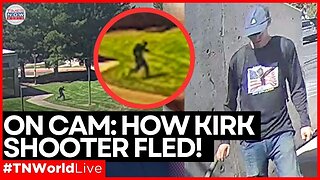 LIVE
LIVE
Times Now World
2 days agoLIVE: "ON CAM: How the Charlie Kirk Shooter ESCAPED – Shocking New Footage Revealed!"
416 watching -
 1:45:51
1:45:51
Game On!
22 hours ago $10.16 earnedWise Guys Reveal NFL Week 2 BEST BETS Now
56.4K7 -
 26:57
26:57
Robbi On The Record
2 days agoMouth Breathing Is Why You’re Exhausted | with Dr. Melanie Silvestrini
20.3K5 -
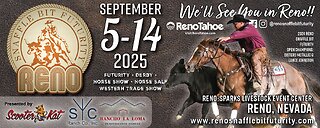 LIVE
LIVE
Total Horse Channel
5 hours ago2025 Reno Snaffle Bit Futurity | Sunday Finals
156 watching -
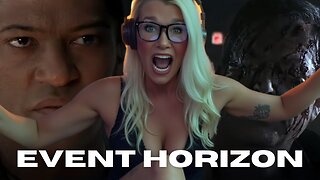 40:44
40:44
SouthernbelleReacts
7 days ago $2.84 earned“Event Horizon (1997) Reaction | Hellraiser in Space with Sam Neill & Laurence Fishburne”
29.6K4 -
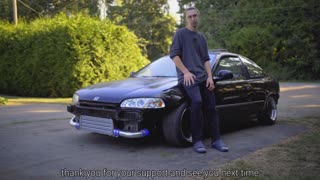 10:49
10:49
Artur Stone Garage
3 days ago $2.02 earnedI Spent $2000 on My Turbo Honda Civic Build (Before & After)
29.8K8 -
 0:44
0:44
Danny Rayes
18 hours ago $3.25 earnedDid Someone Know It Was Going To Happen?
31.5K7 -
 15:03
15:03
World2Briggs
1 day ago $2.91 earnedShocking Home Prices in Florida's Cheapest Towns!
28.1K6 -
 58:02
58:02
ChopstickTravel
4 days ago $1.10 earnedBillionaire Food in Dubai 🇦🇪 Super Luxury MICHELIN +WAGYU + CAVIAR in UAE!
20.1K1 -
 21:20
21:20
Advanced Level Diagnostics
12 days ago $1.13 earned2020 Toyota Sienna - Crank No Start! Never Seen This Before!
22.9K2